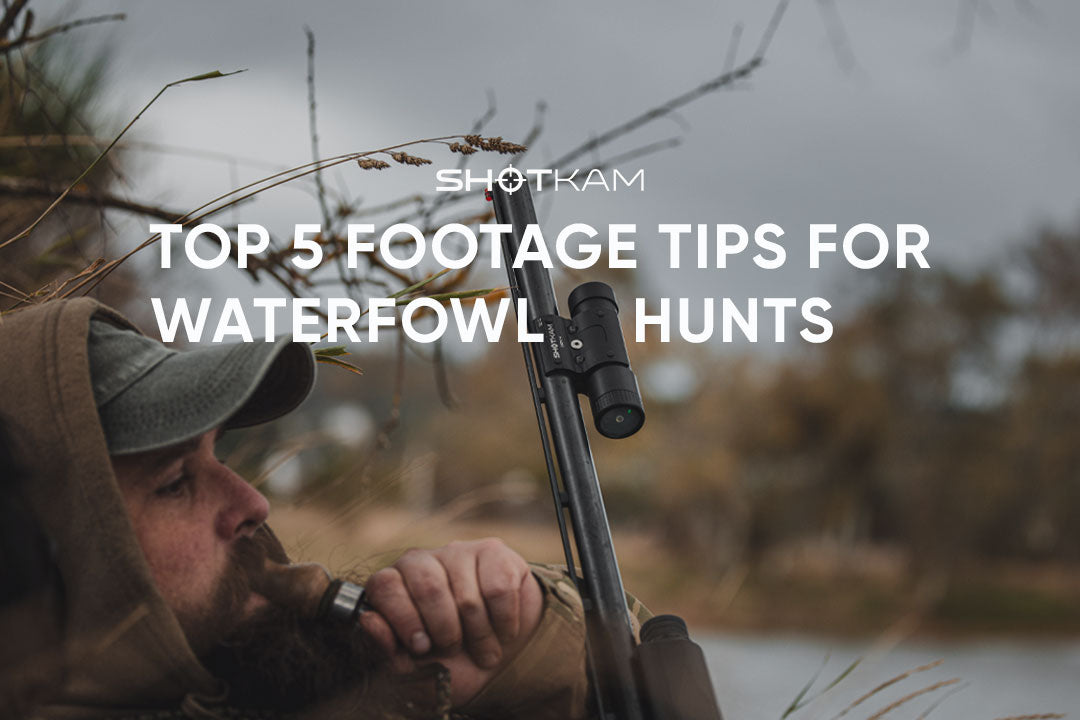Hunt the Pheasant "Rut": Basics of Upland Pheasant Hunting
 Written by Andrew Johnson, Director of Dakota Pheasant Hunt
Written by Andrew Johnson, Director of Dakota Pheasant Hunt
Put more birds in the bag this season by understanding the general routines pheasants follow throughout the fall and winter.
Introduction
It was unusually warm, and the cool October breeze was a welcome guest as it crept through the rows of standing corn. The gentle rustle stirring in the dried cornstalks was overmatched by the crashing sounds made by Gauge, my old Labrador retriever, as his yellow coat disappeared in and out of the cornfield’s golden hues.
Several friends were hunting with me, walking on either side about 10 rows over, and more were posted as blockers at the end of the field. As we descended a gentle decline toward the field edge, all grew quiet. Gauge had frozen, and that told me he was probably staring face to face with a bird.
The stillness was broken by the first bird that thrashed skyward. “Hen!” rang out in chorus, cascading down the slope toward the blockers, and the echo answered, “hen!”
Suddenly, a rooster flushed no more than five steps in front of me, flying straight at one of the blockers. The expected, but still-surprising fury of the rooster’s wingbeats made my heart skip, and that familiar, addictive rush of excitement coursed through me.

The bird’s iridescent colors danced in the fading light as it flew west toward the setting sun, and I saw the bird fall a split-second before I heard the shot ring out. Throughout the remainder of the walk, several more roosters flushed from the corn, offering us all shot opportunities. When all was said and done, Gauge was happy as ever as he brought the last ringneck to hand.
Pheasant Cycles
Our late-day success was no accident. By scouting the area — yes, you can and should scout for pheasants — we knew birds were feeding and loafing around in that cornfield, which was the only real food source in the area. The standing corn also offered about the only daytime cover next to the cattail slough to the west where the blockers had been posted. We had studied the area well, and we were rewarded for our efforts.
Most hunters understand the basics of pheasant hunting, such as walking into the wind when possible and always following the dog, but many underestimate how important it is to meet pheasants where they want to be, when they want to be there. In fact, by understanding the general routine a pheasant follows, you can boost your pheasant hunting success dramatically.
Pheasants annually cycle through four stages: mating/nesting in early spring, brood rearing in late spring and summer, foraging in late summer into fall and winter, and survival from late fall to spring. When it comes to scouting, it pays to keep all four of those stages in mind. In fact, when I’m driving around or using online tools to scout — OnX is a fantastic digital resource, and most state wildlife agencies offer aerial maps that highlight public ground and satellite imagery — I primarily look for an area to have nesting and brood-rearing cover, thermal winter cover (especially the further north you go), and reliable food sources, primarily small grains and corn. If an area has all three, I mark it down because it not only has the potential to create birds in the spring, but it also has the right habitat ingredients to sustain and hold birds throughout the fall and winter.
Why are these pheasant cycles important as you scout? Because knowing where pheasants want to be during certain times of the year can only improve your success.
For example, the foraging phase coincides with the early part of pheasant season. During this phase, food sources are key as pheasants go on a feeding bonanza to build up fat reserves for winter, especially in the Upper Midwest in places like the Dakotas, Minnesota, and the plains of Montana. This can be a tough time to hunt because of the abundance of food sources and amount of cover mean that birds are literally scattered across the landscape.
Although pheasants are incredibly resilient and can be found nearly coast to coast, they are simply able to survive more easily in agricultural areas. That’s why it makes sense during the foraging phase to focus on areas where small grains are present. Across the primary pheasant range, that primarily means targeting corn, which makes up more than 50% of a pheasant’s fall diet. In addition, crops such as milo, millet, wheat, sunflowers and more help ringnecks build their bodies up to sustain harsh winter weather.
As the hunting season progresses and pheasants begin to enter the winter survival phase, birds that were previously scattered across the landscape begin to group up, furthering their focus on any remaining food sources. Birds will leave the security of thermal cover for brief periods to feed, which means any standing corn, milo or other remnants of small grains are still safe bets.

However, to find more consistent numbers of birds during this late-season period, hunters should switch gears and hunt areas of dense cover — the thicker, the better. Cattail sloughs, tree belts with thick underbrush, cedar thickets and CRP land with sufficient habitat stands — think woody thickets or strong stands of switchgrass — are pheasant magnets when the weather grows colder and snow covers or flattens marginal cover.
Habits and Habitat
Once you’ve scouted and determined where you want to hunt, it’s time to focus on where birds will be during certain parts of the day. Pheasants head to roost toward dusk and then begin moving to feed before sunup. Then, after they’ve fed, ringnecks often head for the safety of loafing cover and wile away most of their daytime hours. Earlier in the year, roosting cover can be anything from standing crops to grassy habitat, while later in the year it likely means thermal cover such as cattails.
Typically, bad weather means the birds will find heavier cover. Conversely, if it’s warmer than usual or simply sunny and bright on a freezing day, look for birds to be sunning themselves on the edges of thick cover or along the edges of food sources. From late morning to midafternoon, standing corn and thick cover offer good opportunities. Birds that moved into a cornfield might stay there all day if it offers sufficient cover. They’ll stay in these areas until midafternoon when they once again move to feed, if necessary.
The golden hour before sunset is often when pheasants are most visible as they finish feeding and move in search for pebbles and gravel to lodge in their crop to aid digestion. Tree belts, cedar thickets, cattails and even road ditches can all be loaded with late-day birds.

Plus, once birds move to roost for the night, they’re likely to sit tighter and hold longer because they don’t want to leave their beds. That often translates to heart-pounding action with close-flushing birds and prime shot opportunities.
Do the Work
Part of the attraction of pheasant hunting is that it isn’t hard and doesn’t require a ton of gear like waterfowl or deer hunting. However, to be consistently successful you still need to do your homework and then do the actual physical work.
Regardless of where or when you choose to hunt, make sure you do it the right way and stretch your legs to get after some wild birds. If you’re willing to do the work — and if you pay attention to pheasant cycles and hunt the birds’ habits and habitat accordingly — you’re sure to have success this pheasant season.
Find Andrew:
Twitter: @HuntPheasant
YouTube: @DakotaPheasantHunt
Website: dakotapheasanthunt.com
You are reading:











